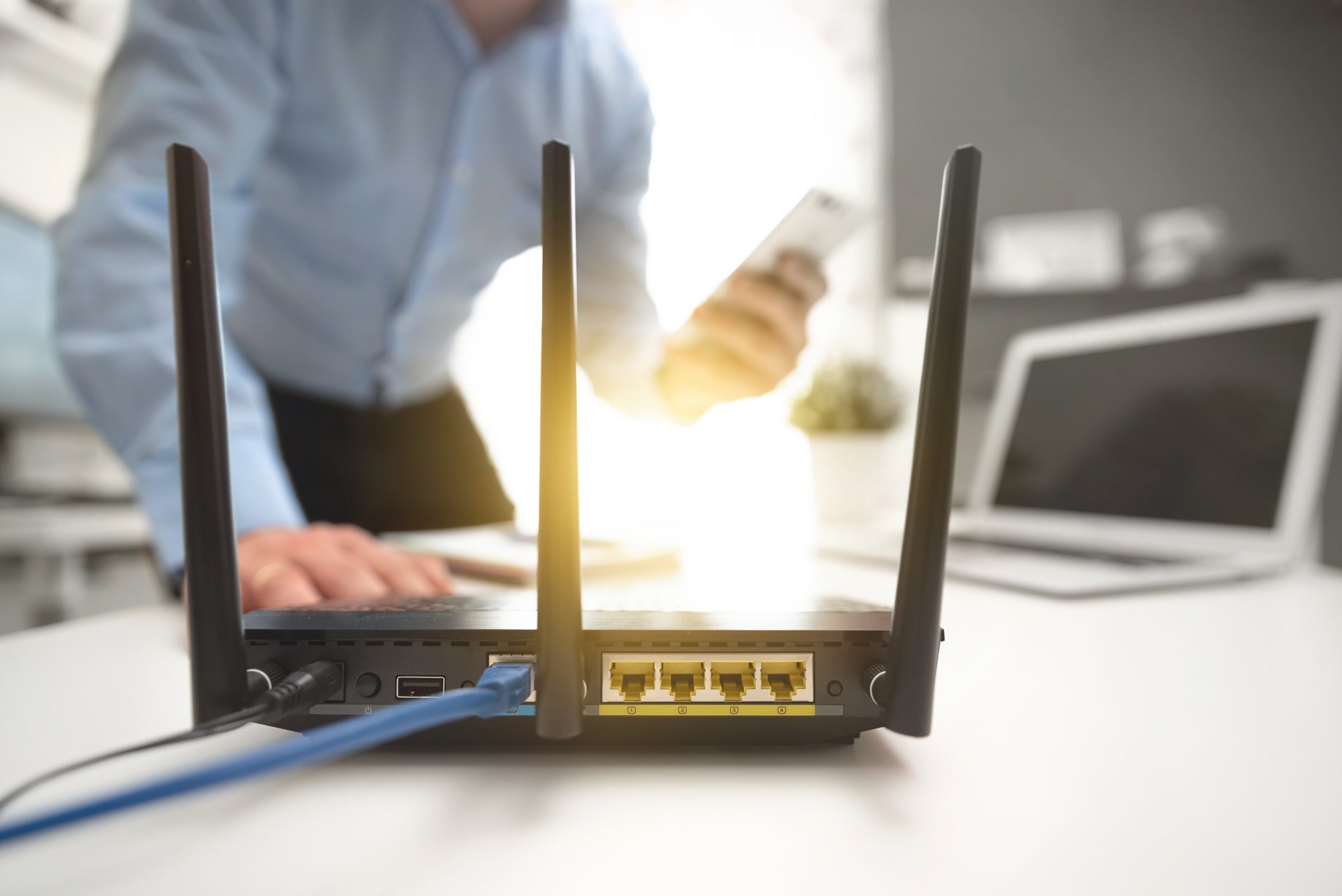WiFi has created a drastic impact on mobile computing use, which enables employees to access corporate networks from anywhere. This way, it is possible to transform coffee shops into offices for independent workers. There are also potential shortcomings which a new standard, LiFi can someday fill in, assuming that it might make it to the market.
Here are some of the loopholes of using WiFi. The very first thing is that the network does not travel too far. The other problem is, even with an increased bandwidth over the years, it is easy to overwhelm an access point when too many people try to access it at the same time.
It also does not solve the issue of security and only partially resolves the problem of scalability. This is where LiFi technology comes into the picture. Now, if you still do not know much about LiFi, do not worry as we have provided the requisite information below.
With the help of cutting-edge technology, LiFi employs wireless protocol with the aid of visible light spectrum to obtain wireless networking access. With the help of a LiFi transmitter consisting of LED lights, it modulates light intensity. The light is such that you will not be able to see it through your naked eyes.
The LEDs employ a chip to control the output, which can adjust a maximum of million times every second. This is equivalent to transmitting data up to 100 times quicker than WiFi. All this is possible with the help of LiFi technology speed.
However, LiFi is meant to complement WiFi and not replace it. You can use it in conjunction with WiFi in different devices like smartphones, laptops and tablets that need an exclusive receiver and transmitter to send and receive LiFi signals. It would also need a proprietary encoder/decoder chip to transform the light signal to the data.
It is still a work in progress. However, employing light to transfer data is not new. It is the same way the remote control of your TV works. However, remote controls use infrared, which has a limitation when it comes to distance and throughput.
Professor Harald Hass, Chairman of Mobile Communications at the University of Edinburgh, was the first to introduce LiFi in the year 2011 at the TEDGlobal conference. He is also the co-founder/chief scientific officer at pureLi Fi Ltd. It is the same company that has been trying to bring LiFi technology in the market.
According to Haas, “He was inspired to create LiFi after seeing the spectrum crunch. During his professional tenure at Siemens 4G, he conceived that the RF spectrum was not sufficient for multimedia. This is how the world’s foremost LiFi dongle was launched by him.
His partnership with French lighting manufacturer Lucibel was the turning point as it resulted in the development of first fully integrated LiFi luminaire. He proclaims that LiFi is where WiFi was fifteen years ago. And in the next decade or so, LiFi will be as popular as WiFi.”
Even retailers are highly interested in LiFi as they see it as a potential substitute for beacon technology. Soon, we will see the lethal combination of LiFi and WiFi, where LiFi will be the dominant partner. It is going to increase the overall tempo, bandwidth and accuracy of the network. It will also have a drastic impact on increasing our communication capabilities.
Certain companies across the globe are conducting tests on LiFi but are keeping the information strictly confidential. One company, EMC, proclaims that one of their experiments showed that LiFi transmitted data 100 times quicker than traditional WiFi.
Let’s now look at how LiFi differs from WiFi. The noticeable difference lies in the range, throughput and interference. The biggest disadvantage of the wireless spectrum is that it comes from 2.4GHz to 5GHz, however, you still do not get the range. When you go beyond 5GHz, the range shrinks further.
The range of LiFi is restricted to the scope of the light source. For example, an office light can cover a region of two to four meters, after which the range weakens. This limitation can be resolved through redundancy. In simple words, it means having multiple ceiling lights that transmit wireless data, which would enhance the coverage even if the signal gets weak after a couple of meters.
There are certain sources which claim that smartphones and other devices will start shipping along with LiFi signal chip in the next few years. The other thing is, visible light is entirely distinct from different types of RF frequencies. Hence, there is no scope for signal interference. It is also 1,000 times more significant than the comprehensive 300GHz radio spectrum. The other advantage is that LED lights do not have to be bright enough to be visible to humans for transmitting the data.
Final Thoughts
All in all, LiFi technology is there to complement WiFi and 4G and 5G. You cannot think of it as a replacement. In the next couple of years, we expect the use of streetlights as access points when it comes to smart city applications. The indicator light that can be found in home appliances will be able to connect these devices to the internet with the aid of ceiling lights.
One of the biggest limitations of LiFi technology, which can even be considered as its strength, is the fact that it employs the visible light spectrum which cannot penetrate the wall. In several scenarios, this can be a big problem. However, when it comes to security, consider it a boon. People who are interested in security like the military will take a keen interest in setting up a wireless network that can be restricted to a particular room as long as the walls are without windows.


























